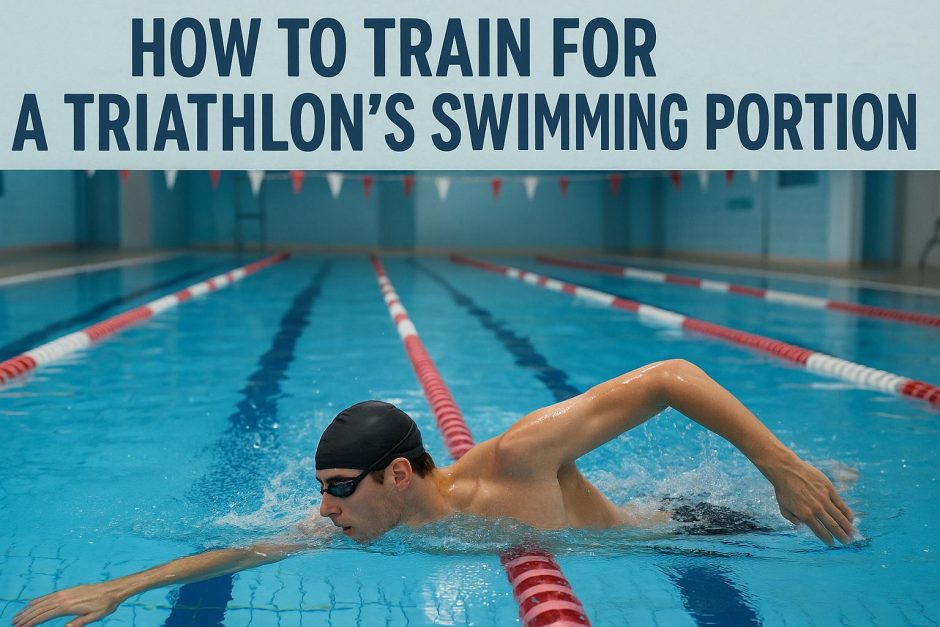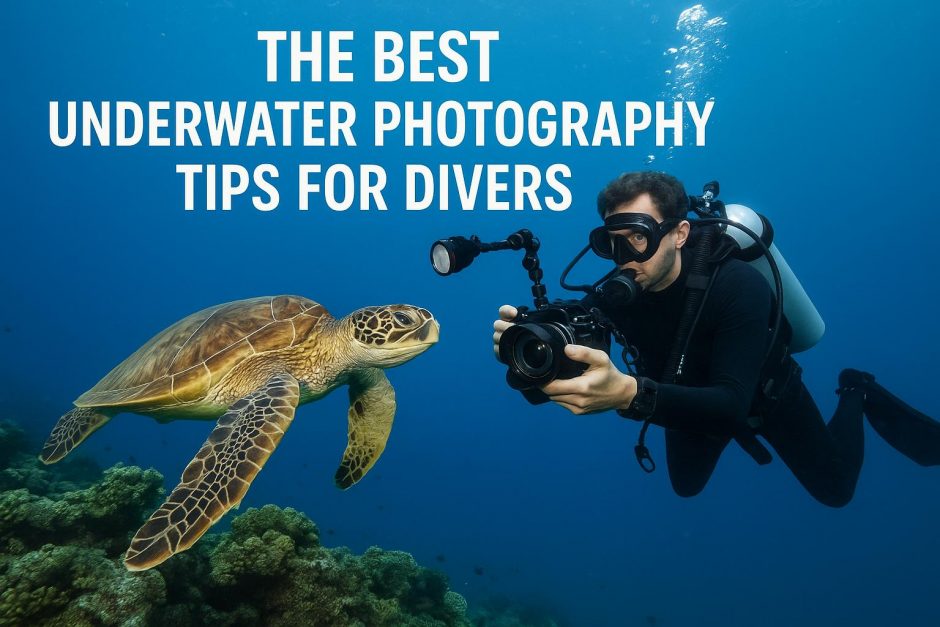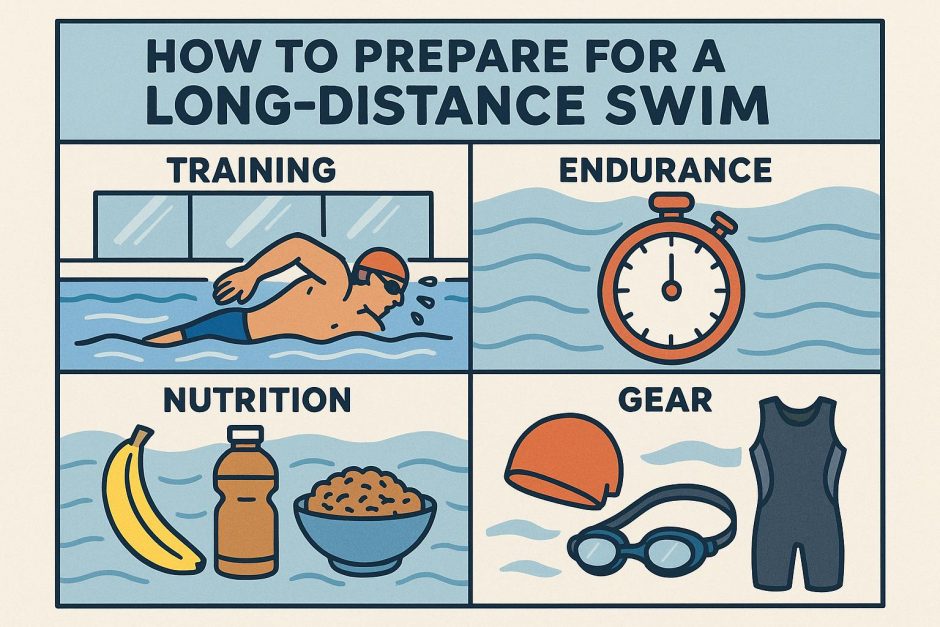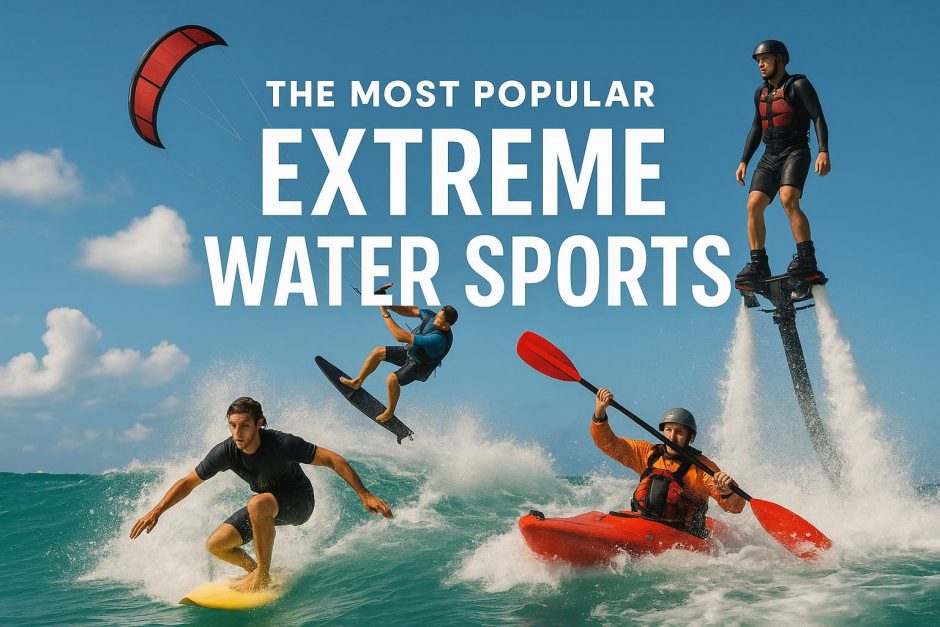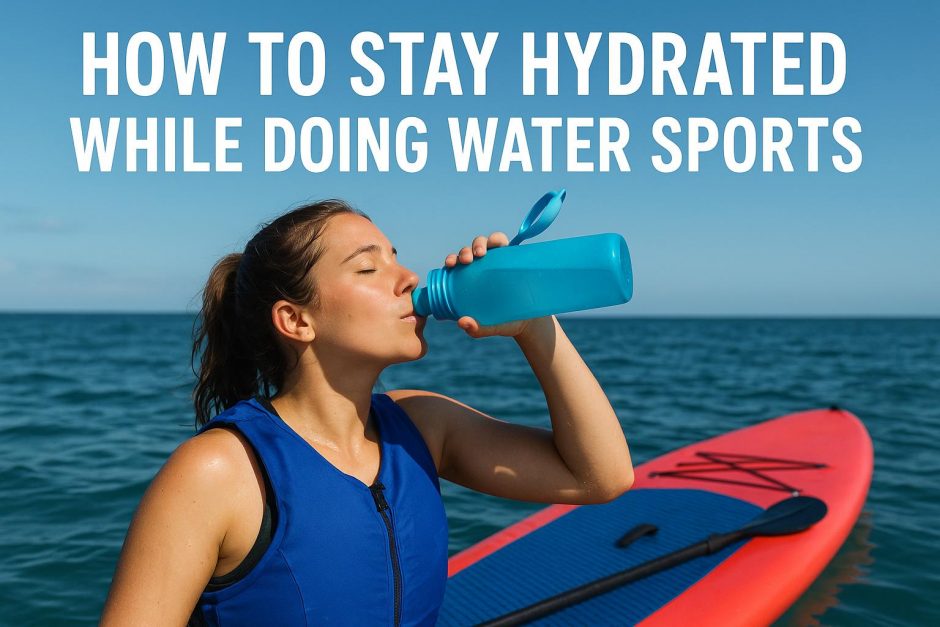Understanding the Triathlon Swim
The swimming portion of a triathlon often stands as the most intimidating segment for many participants, especially those who are new to the sport. A typical triathlon involves swimming in open water, with distances ranging from a sprint triathlon, marked by a 750-meter swim, to the challenging Ironman distance that encompasses a 3.8-kilometer stretch. Proper preparation for this segment demands an emphasis on technique, building endurance, and becoming accustomed to the conditions encountered in open water.
Focus on Technique
Mastering proper swimming technique serves a dual purpose in a triathlon. It not only assists in preventing fatigue but also enhances efficiency, offering a competitive advantage in the race. Through regular and focused practice, improvements can be made to your stroke mechanics, body position, and breathing.
Improving Stroke Mechanics
Achieving a streamlined position in the water is crucial for maximizing speed and efficiency. A pivotal aspect involves elongating your body with each stroke. Ensure that your hands enter the water smoothly and are used effectively to pull through each stroke cycle. To keep track of your form, leveraging tools like underwater video analysis or engaging in sessions with specialist coaches could prove beneficial.
Optimizing Breathing
Proper breathing techniques are essential for maintaining a consistent rhythm while swimming. Practicing bilateral breathing enables balancing your stroke and enhances comfort when swimming in open waters. Incorporating specific breathing drills within your training routine can significantly improve both efficiency and comfort during the swim.
Building Endurance
Constructing a regular and systematic training schedule plays a crucial role in building endurance. Ideally, aiming for at least three swim sessions each week is advisable, with a gradual increase in distance as your fitness level advances. Starting with shorter sessions, it is wise to focus on consistent, quality practice and progressively work toward longer distances as your endurance and confidence build.
Interval Training
Incorporating interval training into your swim sessions is an effective strategy to develop both speed and stamina. A practical example includes performing sets such as 10 x 100 meters at a fast pace, accompanied by rest periods in between. This method aids in enhancing your speed as well as endurance, vital components for a successful performance in the triathlon swim.
Familiarity with Open-Water Conditions
Relying solely on pool training can give a deceptive sense of preparedness. The open-water environment presents a distinct set of challenges, including varying currents, fluctuating temperatures, and often limited visibility. Recognizing and preparing for these variables is crucial to your effective preparation.
Practicing in Open Water
To develop a true acclimatization to open water conditions, scheduling regular training sessions in such environments is recommended. These practices can help you gain crucial skills like navigation and sighting, ensuring that you can maintain a straight-line course during the actual race.
Utilizing Equipment
If the event rules permit, consider practicing with a wetsuit. Swimming in a wetsuit alters buoyancy and movement, differing from standard pool swimming. Acclimatizing yourself to these changes bolsters your confidence and comfort during the race, potentially enhancing your overall performance.
Seek Professional Guidance
Enlisting the guidance of a professional coach or becoming part of a triathlon club can provide invaluable support and insights. A certified coach can craft personalized training plans to address specific weaknesses and offer motivational support throughout your journey towards race day success.
For more comprehensive resources and expert advice, it’s worth exploring specialized platforms like Triathlete and USA Triathlon. These sites offer a wealth of information and community support geared specifically for budding triathletes, which can reinforce your preparation and bolster your confidence as a competitor.

